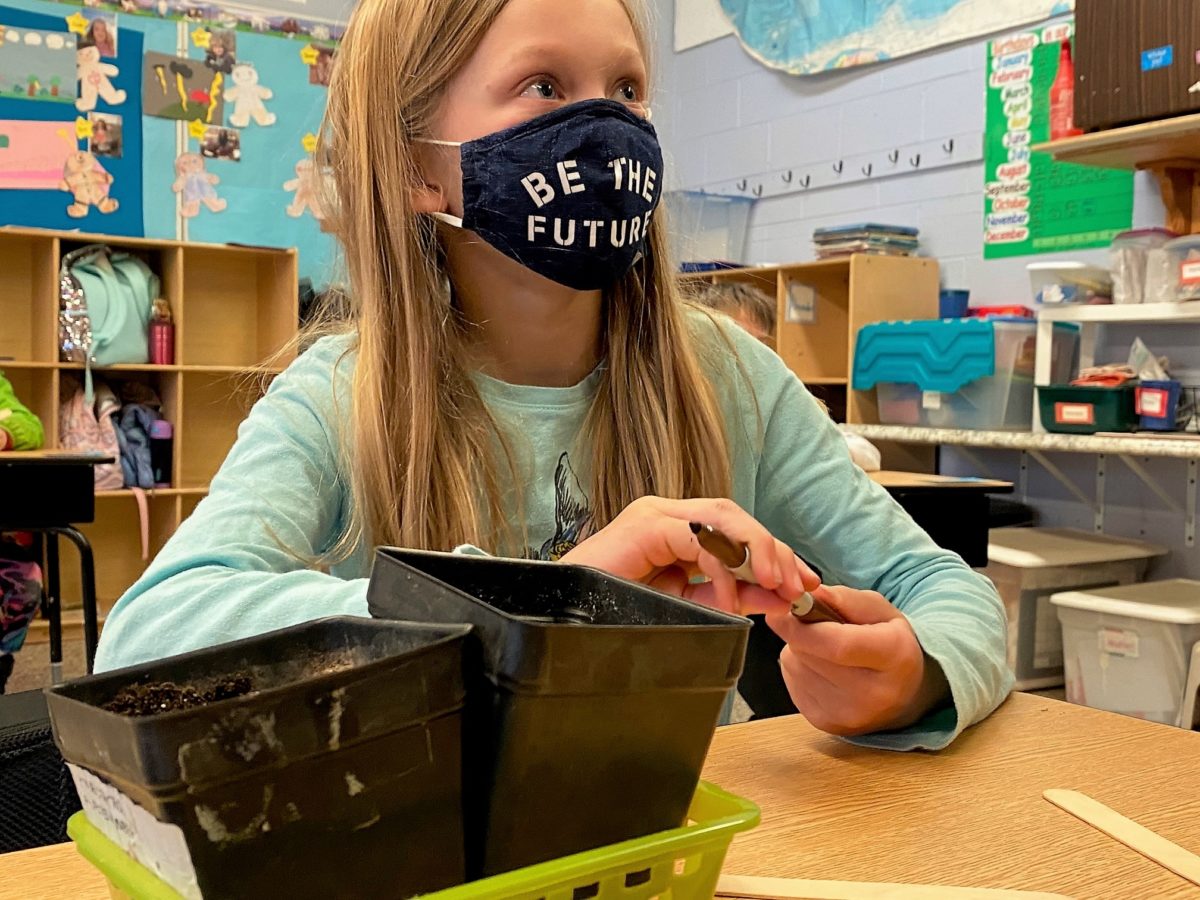
|
|
Does North Carolina make as strong an effort to support public education as it is capable of as a modern American megastate? Well, not so much.
Among the 50 states, North Carolina ranks 9th in population and 11th in gross domestic product, a standard measure of economic performance. And yet, the state has lingered in the bottom 10 in spending per pupil in pre-K through 12th grade in public schools.
On the day the General Assembly reconvened for its 2022 session, the U.S. Census Bureau released its annual survey of school system finances, reporting that public education spending increased in fiscal year 2020 for the ninth year in a row nationwide. The Census survey includes spending on salaries and current operations, as well as construction and equipment, from federal, state, and local revenues.
However, says the Census Bureau, the national increase of 2.3% was the “smallest since 2013.” The 2019-t0-2020 increase in North Carolina was even smaller – 1%, according to Census data. North Carolina’s annual increase fell under the national rate in three of the five most recent fiscal years.
North Carolina’s per pupil spending of $9,958 placed the state 43rd in the nation. In the South, North Carolina ranked above Florida, Tennessee, and Mississippi but below its neighbors Virginia and South Carolina, as well as Louisiana, Alabama, Texas, and Georgia.
The Census Bureau also ranks the states in per pupil spending in relation to personal income, a rough measurement of capability and effort. North Carolina placed 47th, above Arizona, Nevada, and Florida.
The North Carolina Budget and Tax Center offers a corroborating analysis of a flagging in the state’s effort. The Center looks at overall state spending, not just preK-12, in relation to total personal income. In a state in which more than 60% of public school spending comes from the state, austere budgets surely have a ripple effect on schools.
The Center finds that spending as a share of the state’s economy has generally declined since 2009. The 2021-22 budget amounts to 4.6% of the economy, below the 45-year average of 5.8%.
Of course, the question arises – and is still researched and debated: Does spending more on schools make a difference? Here, for example, are an account of a recent panel discussion sponsored by the Education Writers Association and a paper distributed by the conservative Thomas B. Fordham Institute.
As these sources suggest, the answer is complex. Certain pedagogical and school practices can be improved without new funding. A consensus has emerged that money matters; yet some policy makers would like to know more about how to target spending effectively.
Over time, it’s clear that increased spending on public education makes a difference especially in the achievement and lives of young people in economically distressed families and communities. And it’s difficult to see how North Carolina can build and sustain a higher-quality corps of principals and teachers without putting educators’ compensation on a trajectory to match peer professionals.
Once again, legislators meet facing a fundamental decision: whether the state’s own budget – which expresses priorities and values that guide North Carolina as a community – will make a stronger effort to advance the education and upward mobility of its young people. Out of dry statistics comes compelling evidence that North Carolina has the capacity to propel itself into the ranks of megastates in public education.
Recommended reading




